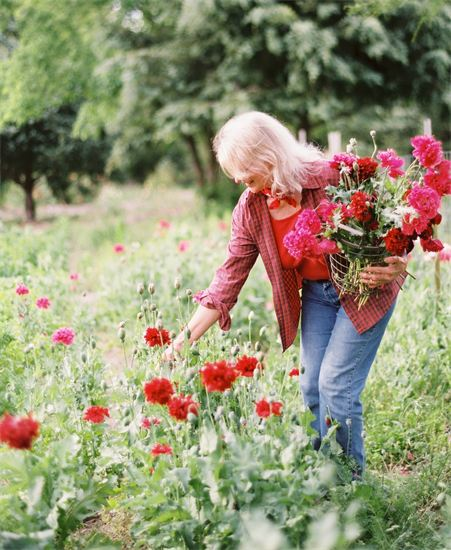“Should I be watering my lawn and shrubs this time of the year? It is extremely dry but has also been very cold and below freezing temperatures.”
This is a question I recently received from a local resident. It’s a great question and I have some answers for anyone else who may also be wondering that very same thing.
Yes, watering shrubs and perennials, especially before we have freezing temperatures, is recommended. Watering helps insulate the plants and can help them survive unusually low temperatures better. This is especially beneficial if you have perennials that are a little tender for our area or when temepratures drop below our normal temperature range. I also like to recommend watering evergreen shrubs and trees in the winter. Since they still have their leaves on they have more desiccation in the winter than deciduous plants. When we get warm, windy days, the soil is likely to dry out and plants with leaves could be losing moisture. Shrubs and trees without leaves may not need water as much. They aren’t moving water through their system, but their roots are alive and could be damaged if they dry out too much. And you are more likely to get freeze damage with roots in dry soil rather than roots in a well-watered soil.
When thinking about watering your lawn, think about watering St Augustine like a tender plant with evergreen leaves. St Augustine does not like the cold weather. Bermuda grass is much more cold tolerant and goes very dormant in our winter. It does alright with supplemental irrigation when we’ve been very dry for a long time.
The last thing to know about watering is not to do it during freezing temperatures. Turn off your automatic sprinkler system, icy landscapes are not our goal. Wait until we get a warm up and then give everything a good soak. You won’t need to water as frequently during the cold season, but about once a month, when we are dry will be very beneficial.
It’s getting to be time to start planting onions, asparagus and potatoes! Check out our vegetable gardening information under North Texas Gardening at www.dcmga.com. While you are there, you can find out about our upcoming classes and be put on our e-mailing list. And as always, if you need more information or just have landscape or gardening questions contact us, at 940.349.2892, email master.gardener@dentoncounty.com, we are here to help.


















